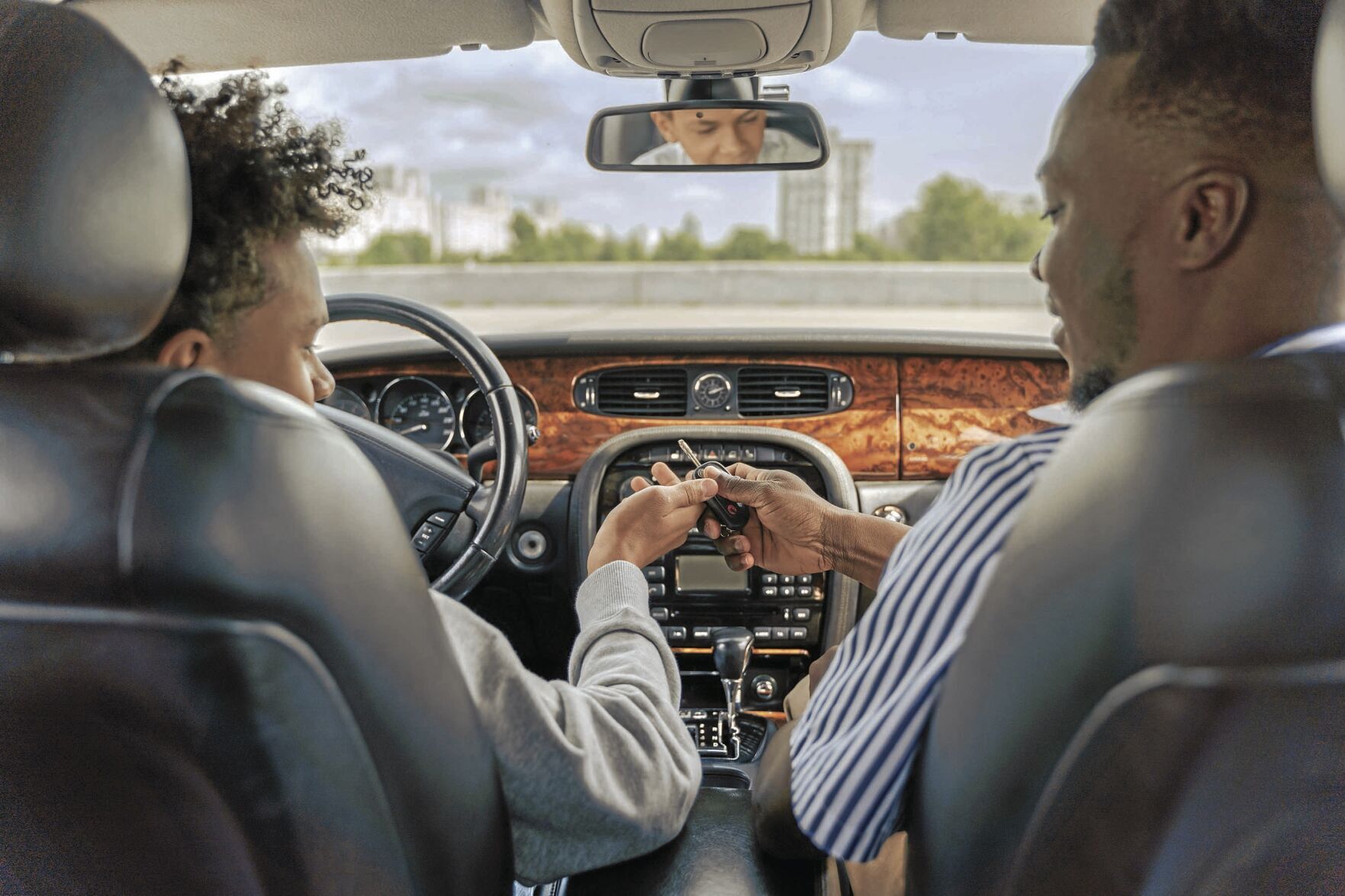7 guidelines for teens learning to drive
When it comes to teen driving, a structured and careful plan of training overseen by parents is increasingly called for. With budget cuts, many localities have cut back or eliminated driver’s ed; and, it bears repeating, novice drivers end up in fatal crashes at twice the rate others do.
Graduated licensing programs — requiring teens to spend time practicing with a parent or other adult — have reduced the rate of fatal crashes among the least experienced drivers (16- and 17-year-olds) by 8% to 14%, the National Institutes of Health says. But states vary widely in approach: 70 hours of supervised driving (at least 10 at night) in Maine to no minimum in Arkansas.
Wherever you live, you can build your own program to protect your teen on the road. Here are seven guidelines to follow.
Set a good example
What you do can mean more to your teen than what you say; 41% of young drivers say their parents demonstrate unsafe driving behaviors, such as texting while driving, even after their teens ask them to stop, according to a survey by Mutual Liberty and Students Against Drunk Driving.
“If you’re yelling at other drivers, if you’re flipping the bird, or texting, or drinking coffee while driving, guess what? That’s what you’re teaching your children to do,” said Ryan Pietzsch, a program technical consultant for driver safety at the National Safety Council.
“If you put your seatbelt on before you start the vehicle, you’re modeling that,” Pietzsch said. “If you force them to put their seatbelt on before you move the vehicle, also modeling.”
Show and tell
Even before your teen gets a learner’s permit, practice “commentary driving.” When you drive with your teen in the car, note each driving decision you make as you make it — such as how closely to follow the car ahead of you, what you look out for when making a turn, how fast you drive, or when you choose to pass a cyclist — and explain why you made it.
“Being able to break down your decision making is really important,” said Dr. Flaura Winston, founder and scientific director of the Center for Injury Research and Prevention at Children’s Hospital of Philadelphia. Focus on the factors most responsible for collisions involving teens: driving too fast, following too closely, responding too slowly to hazards, and being distracted.
Establish rules
Set explicit boundaries for your teen’s behavior behind the wheel: Do not drink and drive, do not use a cell phone (hands free or otherwise) while driving, do not speed, do not drive late at night or if you are tired, do not hesitate to call home if you feel it is unsafe to drive, carry only one passenger — or none — and use your seat belt every time you are in a car. The National Safety Council has many other ideas.
Get it in writing
Reduce the opportunity for misunderstandings and forgetfulness by drafting a contract listing the rules of driving, and consequences of breaking them. Display a copy where you put your car keys.
Keep a record
When teens start driving without a parent, have them log the time they leave and return, where they went, their routes and any surprises or difficulties encountered. This helps make sure your teens experience a range of driving and parking situations, and the notes may prompt useful discussion.
Tallying hours on the road also makes it easy to be sure teens have enough experience to qualify for an intermediate or full driver’s license.
Watch the weather
Driving in a blizzard or heavy rainstorm may overtax the skills of novice drivers. Icy roads can be particularly treacherous. Teens need experience driving in bad weather, and parents need to make sure they understand the risks and how to address them.
“If your teen learns to drive in the summer, there’s no harm at all in doing practice-driving in the winter,” Winston said. “You don’t want your teen to deal with something they haven’t practiced with you in the car.”
Talk at home
Young people start driving before their brains are fully developed, leading some to misjudge or overlook risk.
Informal conversations about safe driving, personal responsibility and the consequences of distracted driving or reckless behavior can help to take some of the air out of your new driver’s inflated sense of invulnerability.

